Xiaomi Redmi Note 9 and Note 9 Pro review
We may earn a commission if you make a purchase from the links on this page.

As promised, the Redmi Note 9 and Note 9 Pro deliver long-lasting power, solid performance, and very good camera performance for their price category. Overall, if you want a large, well-performing Android phone that doesn't cost a ton of cash, do check these out.
Design & Display
The Xiaomi Redmi Note 9 and Note 9 Pro both look beautiful and modern. The Note 9 sports a 6.5-inch LCD display with a small punch hole for the selfie camera at the display’s top left hand side. The bezels are relatively thin, the chin is also quite unnoticeable. Despite being LCD and not AMOLED, the display offers bright colors and a good viewing experience. The back of the Redmi Note 9 is made of plastic and it does feel slightly less premium. However, the color of our unit, Polar White, compensates for the plastic feel with a fashionable touch, transitioning from white to light blue to light pink towards the bottom.
The Redmi Note 9 Pro feels and looks premium from all sides. Its glossy glass back does attract fingerprints, but it looks gorgeous and feels like you’re holding a flagship. The selfie camera is situated in a tiny centered punch hole. The Redmi Note 9 Pro’s LCD display is 6.7 inches diagonally, but the phone itself is just as wide as the Note 9, making it about as comfortable for one-hand use. Weight distribution is great on the Note 9 Pro, making it feel solid in the hand.
Camera & Audio
The main cameras on both the Redmi Note 9 and the Redmi Note 9 Pro deliver good photos with relatively accurate colors for this price range. The Note 9’s colors tend to be more on the warmer side, slightly unrealistic. We also noticed that the Note 9 Pro produces better detail in its photos.
Both phones have good ultra-wide shots and the macro shots on both the Redmi Note 9 and the Redmi Note 9 Pro turn out okay as well. The Note 9 slightly alters the colors, making them a bit more saturated than they are in reality, while the Note 9 Pro keeps them more realistic. The digital zoom on both phones is quite similar; however, the Note 9 Pro manages to deliver slightly more details and a sharper image overall.
Portrait mode on both phones is satisfactory. The background is nicely blurred while the subject is focused. Here again, the Redmi Note 9 Pro delivers more realistic-looking colors, while the Redmi Note 9 again slightly oversaturated the colors.
The Redmi Note 9 Pro did a better job with Night Mode, although the Note 9 did not disappoint either. There is noise in the Note 9’s night shots, while the Note 9 Pro managed to keep the photos cleaner and smoother-looking.
The Redmi Note 9 Pro can shoot video at 4K 30fps, and the footage does look pretty good. The Redmi Note 9 can only shoot 1080p video at 30fps which doesn't capture as much detail, but it is still acceptable.


Audio and call quality
The Redmi Note 9 delivers good audio quality from its bottom speaker and it’s loud enough to comfortably watch YouTube videos or listen to podcasts. However, it's not as loud as we would have preferred and, unfortunately, the smartphone does not use the earpiece for stereo sound like many other phones, so the audio comes from one side of the screen.
The same applies to the Redmi Note 9 Pro. The bottom speaker on the Note 9 Pro is, surprisingly, slightly less powerful than the one on the Note 9, but the difference is barely noticeable. Both phones’ speakers are satisfactory for listening to music in your home if you’re alone, but not loud enough if it's noisy around you.
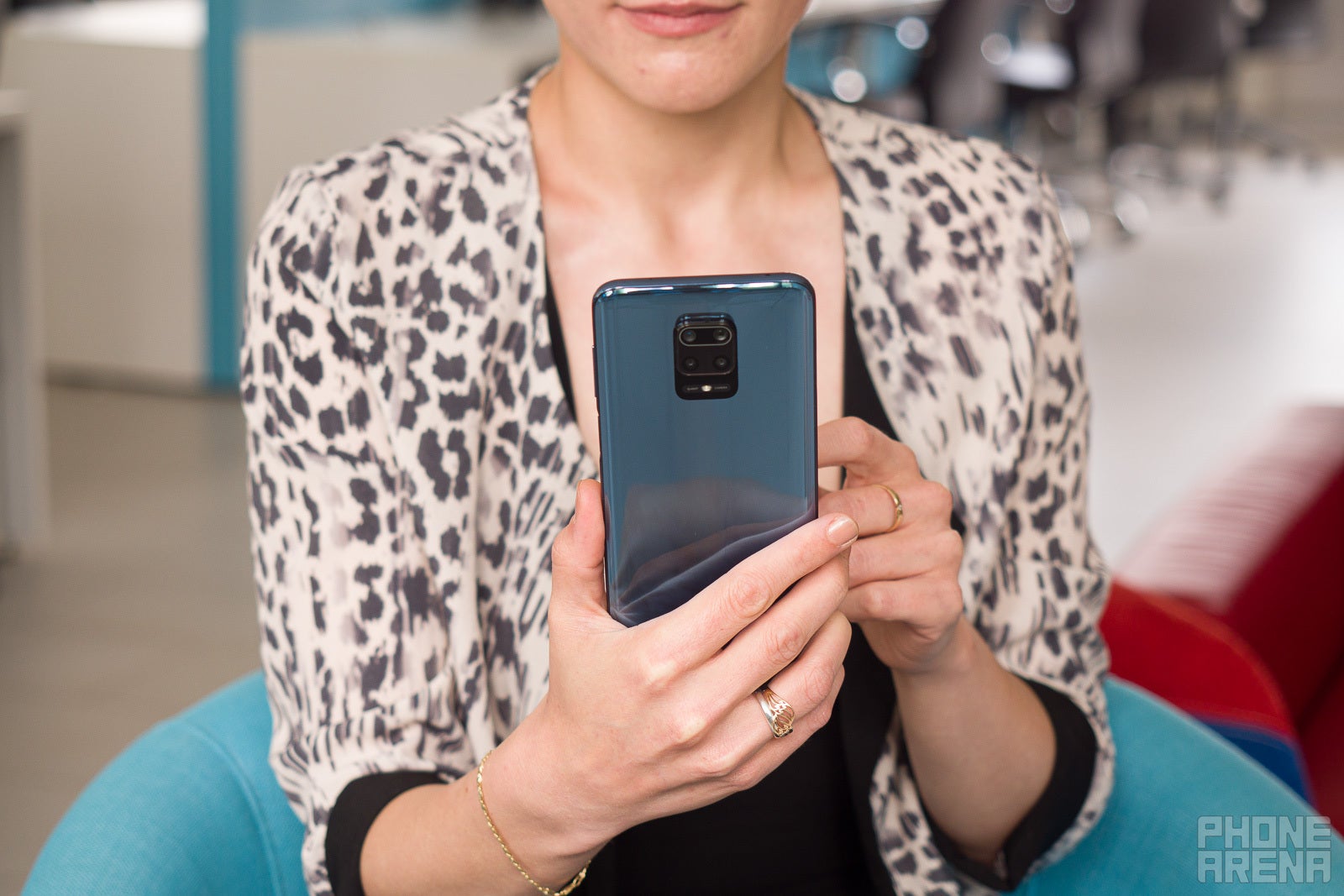
Software & Performance
Both the Redmi Note 9 and the Note 9 Pro come with Android 10 and Xiaomi’s custom Android skin, MIUI 11, out of the box. The software runs smoothly on both phones, and we enjoy the touches Xiaomi added to the Android experience here and there. MIUI 11 offers an intuitive interface and we like the way the recent apps are organised in two columns.
One aspect that could be slightly confusing with MIUI 11 on the Redmi Note 9 and the Note 9 Pro is lock screen notifications. Both phones would sometimes show notifications on the lock screen, and other times won’t.
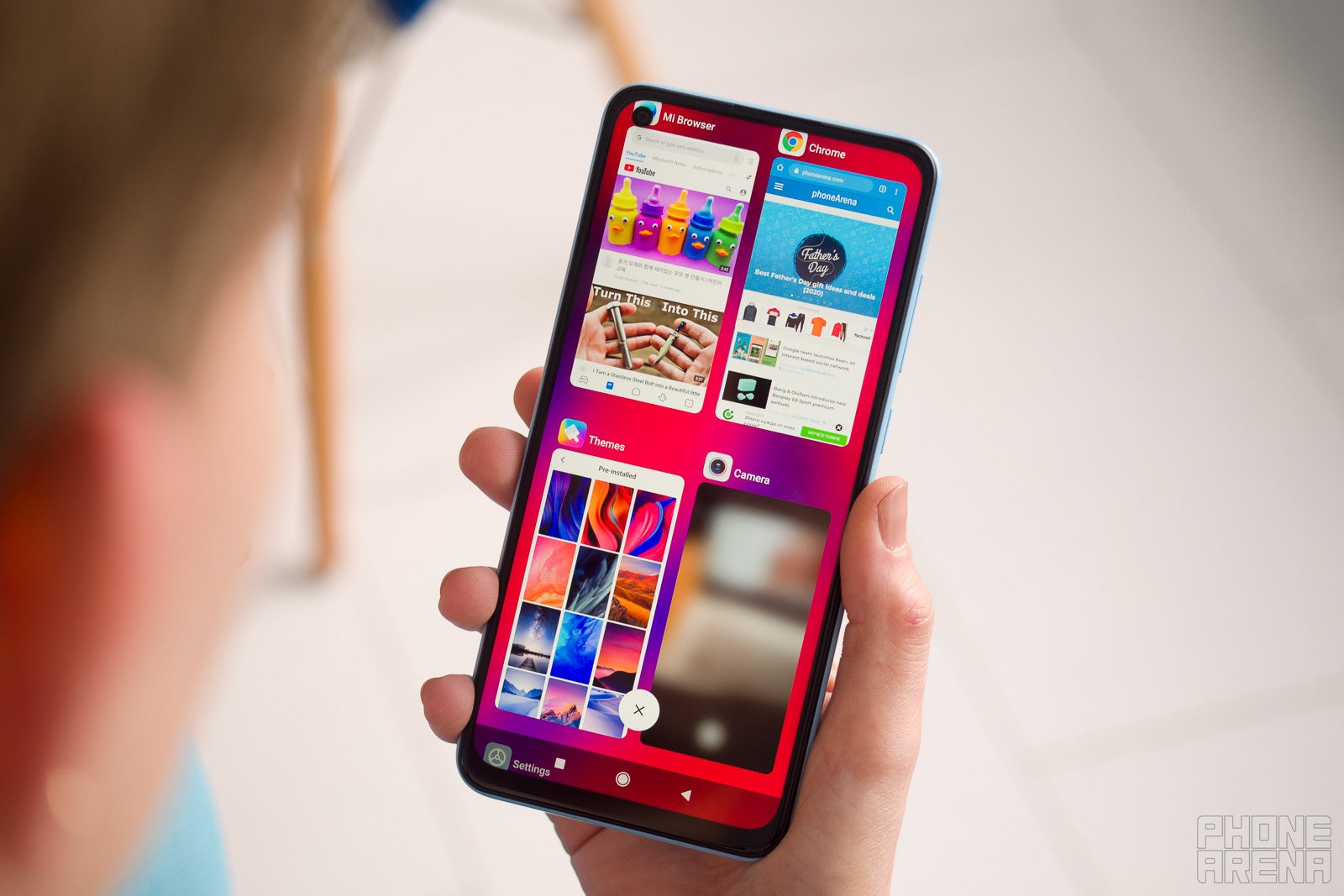
The Redmi Note 9 features a MediaTek Helio G85 processor which, despite being a mid-range processor, is quite capable of running games smoothly and making the phone feel snappy. The Note 9 and the Note 9 Pro do not come with 90 or 120Hz display refresh rates, but still deliver quite a pleasant experience when browsing social media or gaming.
Fingerprint sensors and face unlock
The Redmi Note 9 and the Redmi Note 9 Pro support both face unlock and fingerprint unlock features. The Face Unlock in both smartphones is done via a 2D image taken with the selfie camera, so it is not the most secure option. However, it works without major disturbances in both phones, both in daylight and in low-light situations. The fingerprint sensor of the Note 9 is situated on the back, while the Note 9 Pro rocks a fingerprint sensor built into the power button. Both are highly effective and very quick, with great, if not perfect, accuracy and speed.
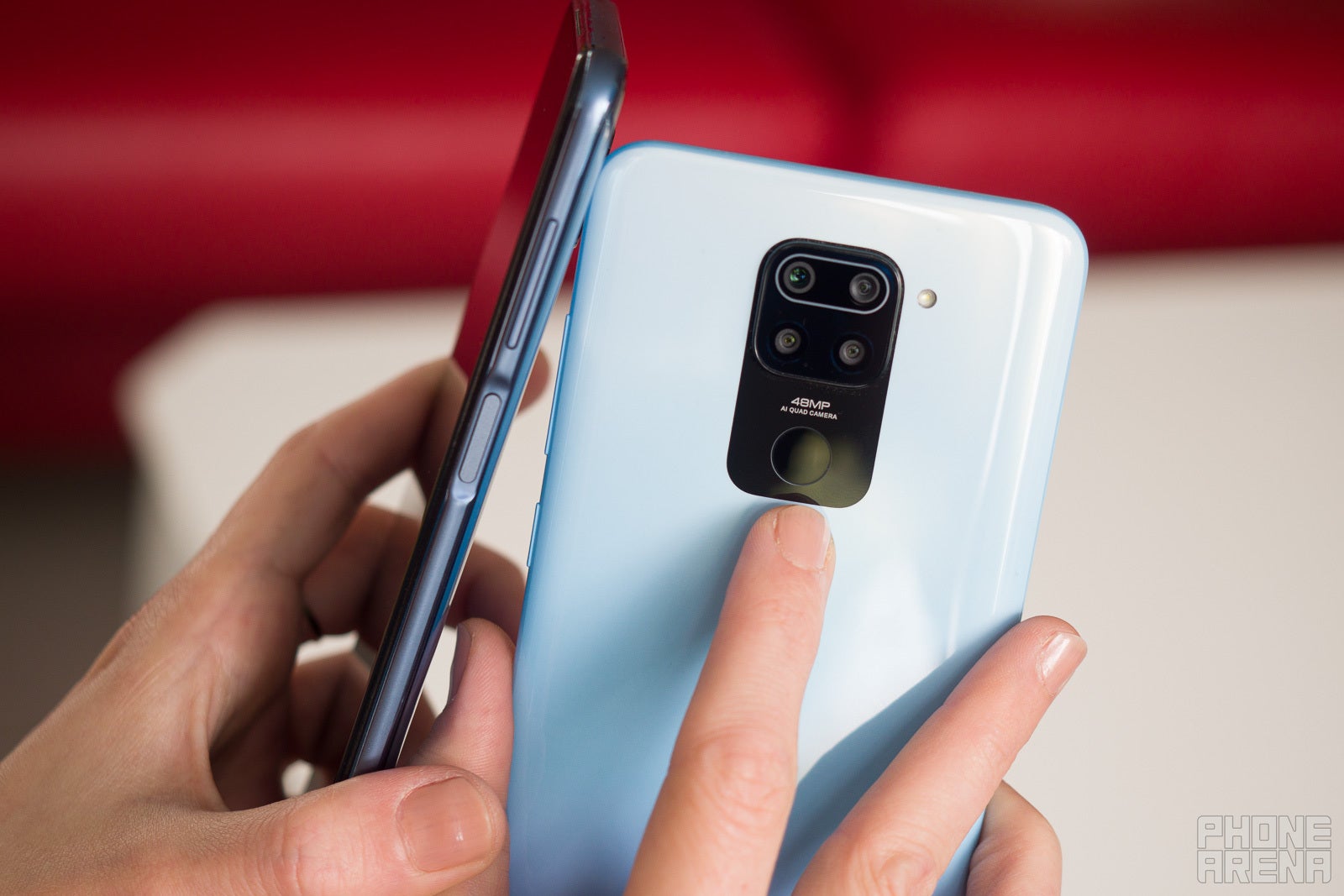
Battery life
Xiaomi has kept its promise on a long-lasting battery life for the Note 9 and the Note 9 Pro. Both smartphones come with giant, 5,020mAh battery cells which impressed us with more than 14 hours of browsing in our meticulous battery test. With moderate to heavy use, the big battery should last you a day – and definitely more if you’re a light smartphone user. The Redmi Note 9 Pro scored 10 hours and 56 minutes in our 3D gaming test, which means that if you decide to play the whole day, you should still have some juice left in the evening.
The Redmi Note 9 lasted 7 hours and 34 minutes in our 3D gaming test – considerably less, but still a quite good result.
Additionally, both phones support fast charging. The Redmi Note 9 Pro supports up to 30W wired charging speeds, while the Redmi Note 9 ‒ up to 18W.
Best Redmi Note 9 and Redmi Note 9 Pro alternatives
The Google Pixel 3a, sold at $399, is a cool budget-friendly phone with a great camera. Camera comparisons show that there is hardly any difference in photos taken with this phone versus ones from the Google Pixel 3, so if you’re looking for a great camera phone at an affordable price, you can check this one out.
Samsung Galaxy A51 sports a 6.5-inch AMOLED display and great battery life, offers Samsung’s One UI experience and a good quad-camera setup with a 48MP main camera and a 32MP selfie shooter. Its price is $399, but you can get a much lower price if you have an eligible smartphone for trade-in.
Sony Xperia 10 II is a great phone that looks like a flagship, with a gorgeous 6-inch OLED screen and a decent triple-camera system on the back. It also has a 3.5mm headphone jack and its price is currently at $400.
Follow us on Google News

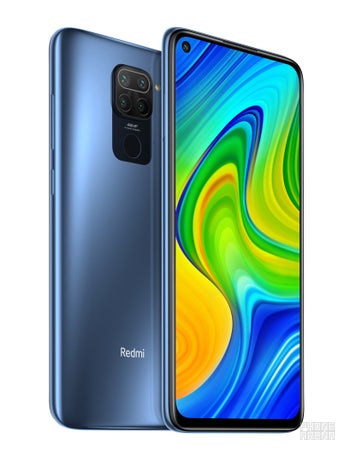
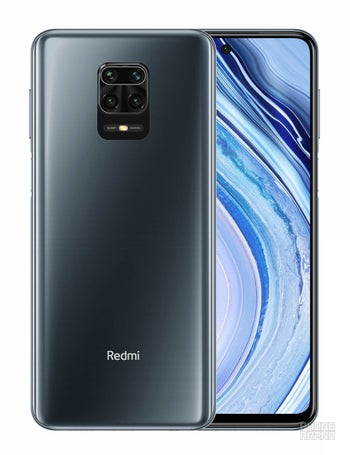
























Things that are NOT allowed:
To help keep our community safe and free from spam, we apply temporary limits to newly created accounts: